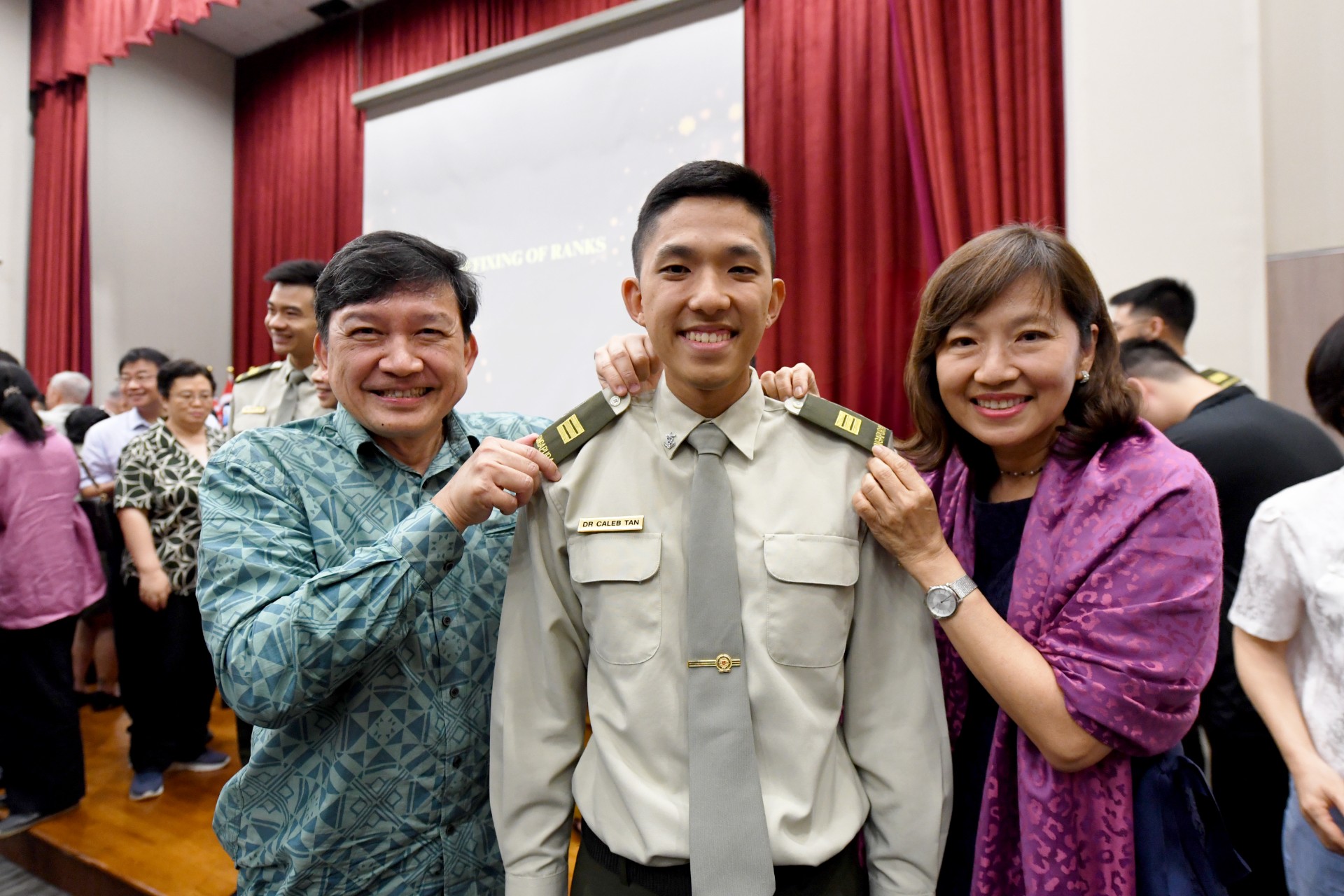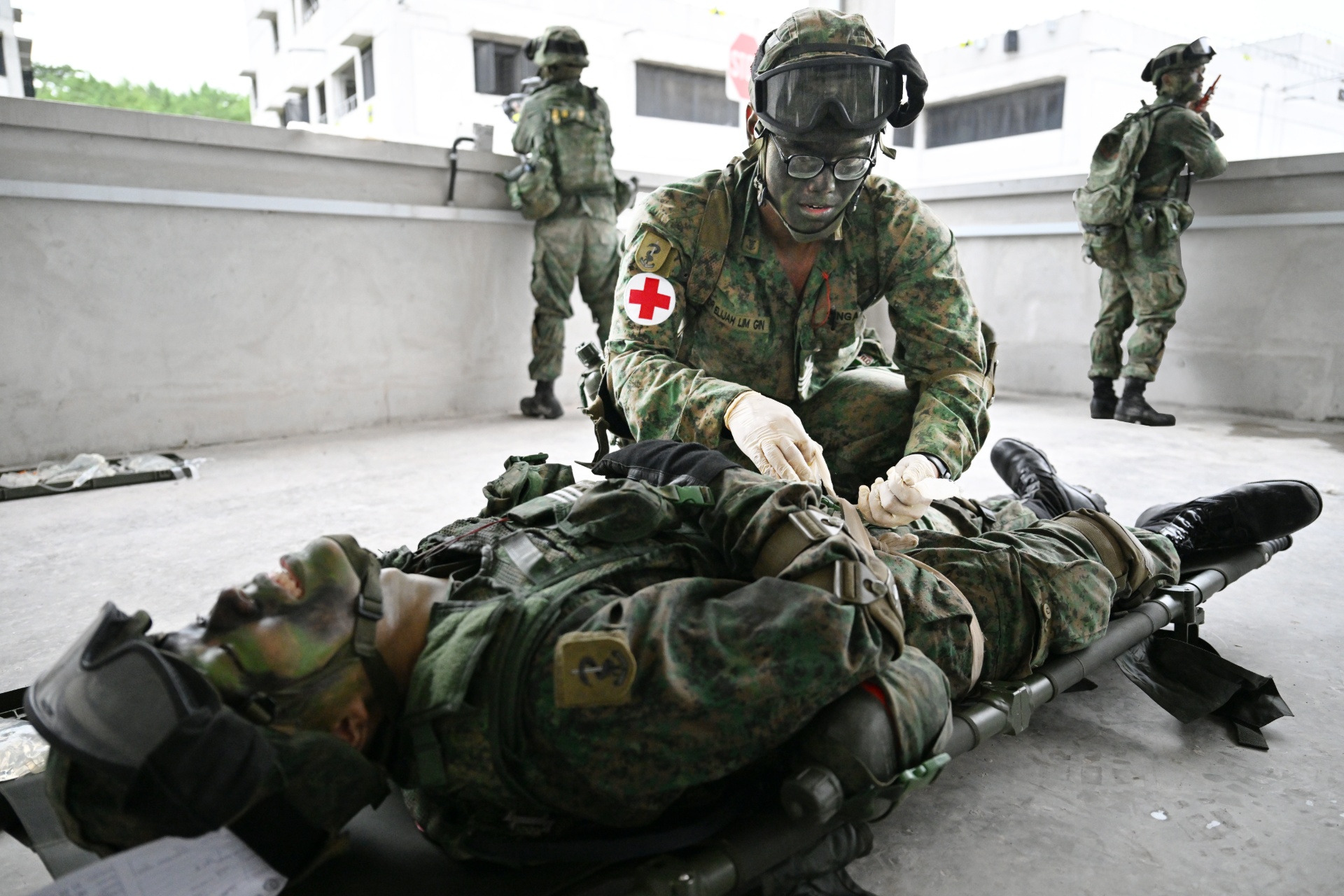BOMB BUSTERS
PHOTO // Benjamin Lee
In 2011, the Singapore Army's Explosives and Ordnance Disposal (EOD) Unit responded to 24* calls relating to ordnance discovery. PIONEER tags along during a bomb disposal operation to find out what happens behind the scenes.
The sleepy St Michael's Road was roused in the early afternoon of 5 Nov 2011 as police drew cordons, civil defence officers assessed the risk of fire and residents whipped out mobile phones hoping to snap shots to post on the Internet.
Earlier, a contractor laying data cables at the No. 38 condominium construction site had raised the alarm after seeing what the excavator unearthed - 11 corroded metal cylinders shaped like bullets.
After workers at the site were evacuated and traffic came to a standstill, what remained were puzzled looks and unanswered questions.
That is, until the experts arrived.
Inside the cordon
Making a beeline past the police cordons, Master Sergeant (MSG) Wilson Tay approached the ominous cylinders and carefully extracted them from where they were buried.
The EOD team commander from the 36th Battalion, Singapore Combat Engineers (36 SCE) then took photos of the cylinders and measured their length and weight before confirming the findings and plan of action with his team.
Describing the role of his seven-man team, Officer-in-charge (OIC) of the mission Lieutenant (LTA) Lim Ming Chong said: "At the scene, our team commander conducts a Technical EOR (Explosives Ordnance Reconnaissance) to identify the ordnance and any associated hazards. He usually does this alone to minimise the risk to the rest of the team.
"With his findings, he'll refer to our Technical Orders. These are manuals which contain information on various types of ordnance. From there, we find out if the ordnance is safe to handle. We can also search online data to confirm our assessment."
He continued: "The rest of the team helps with coordinating with the police and civilians and with the ordnance disposal processes such as preparing sandbags or digging trenches."
Moving the ordnance
Emerging from the cordoned area, MSG Tay finally put a name to the mysterious weapons.
"These are 44cm-long 25-pounder artillery shells for a 90mm howitzer gun, probably left behind by the British Army during World War II."
Asked about what he gathered from his technical EOR, he said: "Usually, the fuses in the ordnance are very sensitive, so rough handling may set off the ordnance. That's when we have to use explosives to detonate the ordnance at the site.
"But for this mission, during my technical EOR, I found that the safety features are still intact, which means the ordnance was not fired. So they are safe to handle and we'll transport them to the SAFTI live firing area for disposal."
Packing the ordnance within a wall of sandbags in their Operations Utility Vehicle to prevent movement and as a safety measure against an accidental blast, the team removed the ordnance from St Michael's Road just as daylight faded.
Blast off!
Early next morning, at a SAFTI range surrounded by knolls, the team moulded what looked like plasticine onto bundles of the ordnance and placed them in 70cm-deep pits before piling sandbags over them.
Pointing to the plasticine, MSG Tay said: "After attaching these plastic explosives onto the ordnance, we proceed to a safe location and then detonate the explosives to dispose of the ordnance."
With the team taking cover 400m away behind one of the knolls, 2nd Sergeant (2SG) Alan Tan gave the order: "Ready to fire... Ignited!"
At the push of a button, an explosion thundered and a cloud of smoke rose steadily over the knolls. Clumps of soil catapulted over the knolls and pelted the surrounding area.
As the smoke cleared, MSG Tay stepped into the smouldering pits and picked up fragments of what used to be the ordnance.
"It was a successful disposal. I've inspected the pits, and there are no residual explosives," said MSG Tay, as he wrapped up the disposal process that took nearly 24 hours since his team was activated.
Until their next activation, which could be hours, days or months later, that's enough action for the team over the weekend.
(* figure correct as of 5 Dec 2011)
Plastic explosives are wedged between the ordnance to detonate it.
The ordnance is placed in a 70cm-deep pit.
The EOD team piling sandbags over the ordnance in the pit.
2SG Tan preparing to ignite the plastic explosives.
The big bang.
MSG Tay inspecting fragments of the ordnance to ensure that there are no explosives left.
On-site disposal
In September 2010, a Japanese type-94 50kg aerial bomb was discovered at a construction site that was part of the Resorts World Sentosa development.
Assessing that the ordnance contained explosive content and had an unstable fusing system, the team commander decided that it was unsuitable for transportation and called for an on-site disposal.
A mass evacuation followed, as any accidental explosion of the ordnance could cause fragments to propel as far as 900m, with the blast effect felt up to 200m away.
To dispose of the ordnance, the team placed it in a trench 2m wide and deep, put 10 layers of sandbags over the trench, then punctured through the casing of the ordnance to burn the explosive content within layer by layer.
The ordnance was safely disposed of within 24 hours from the time the EOD team was activated.



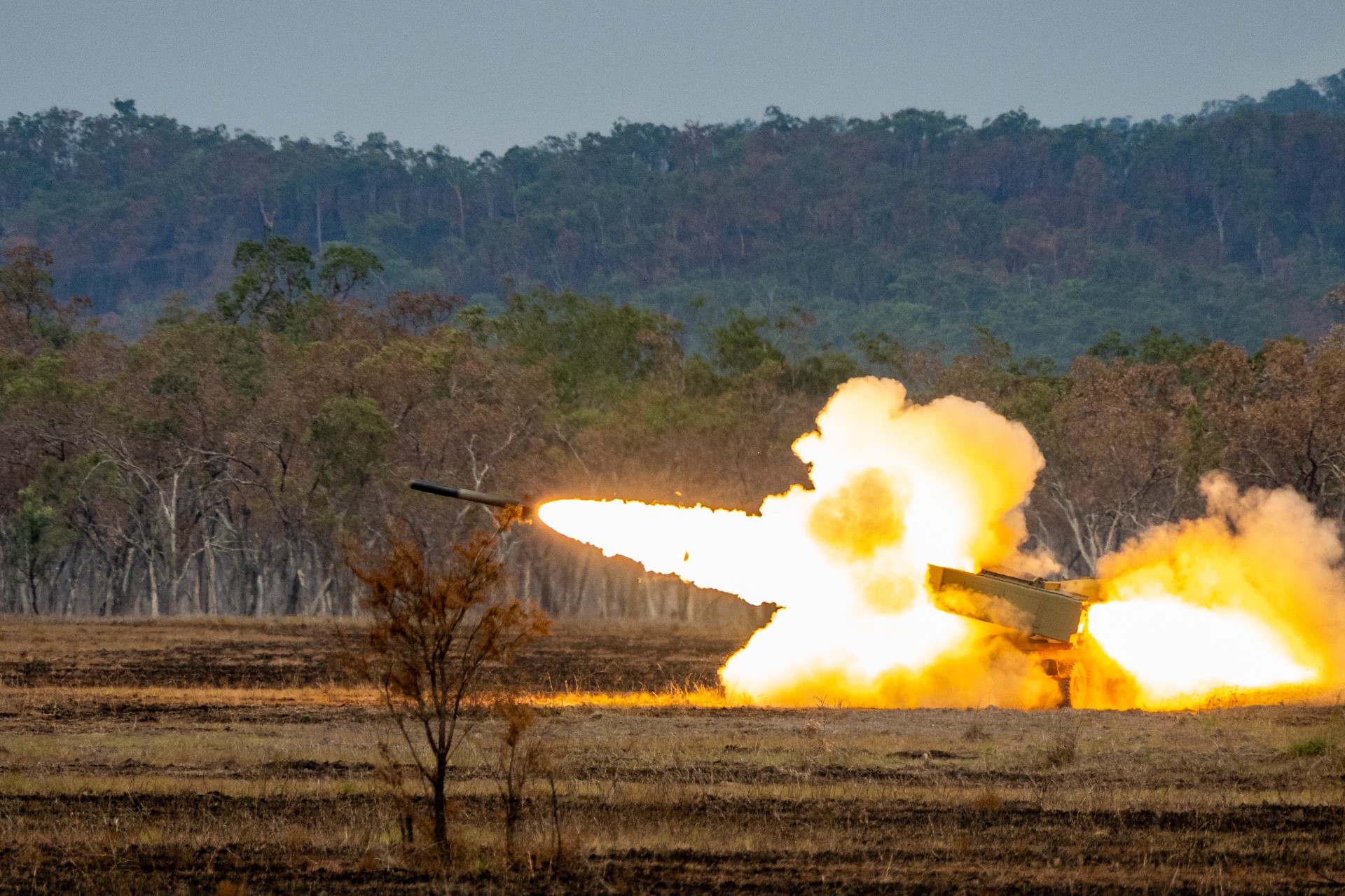
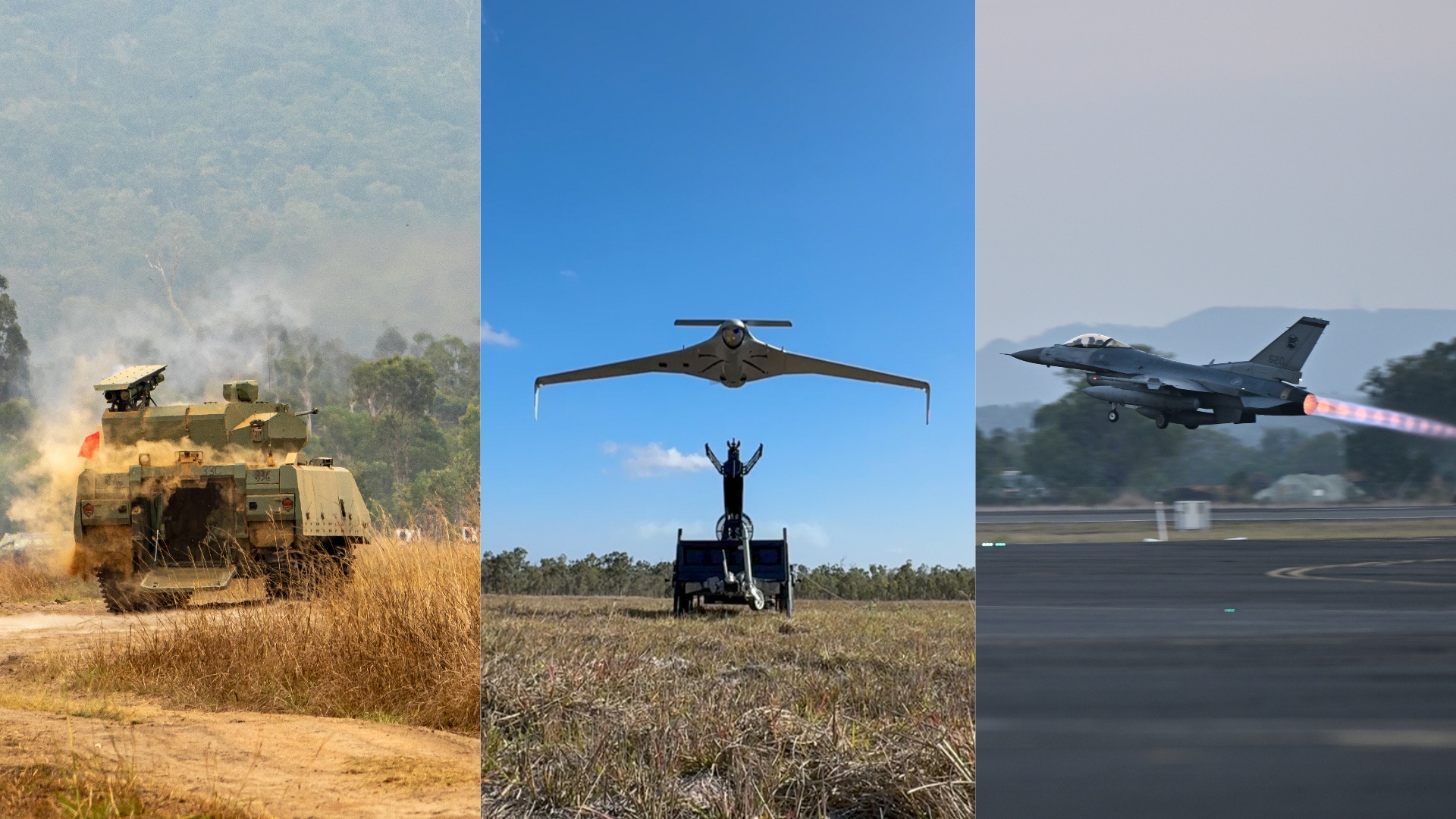
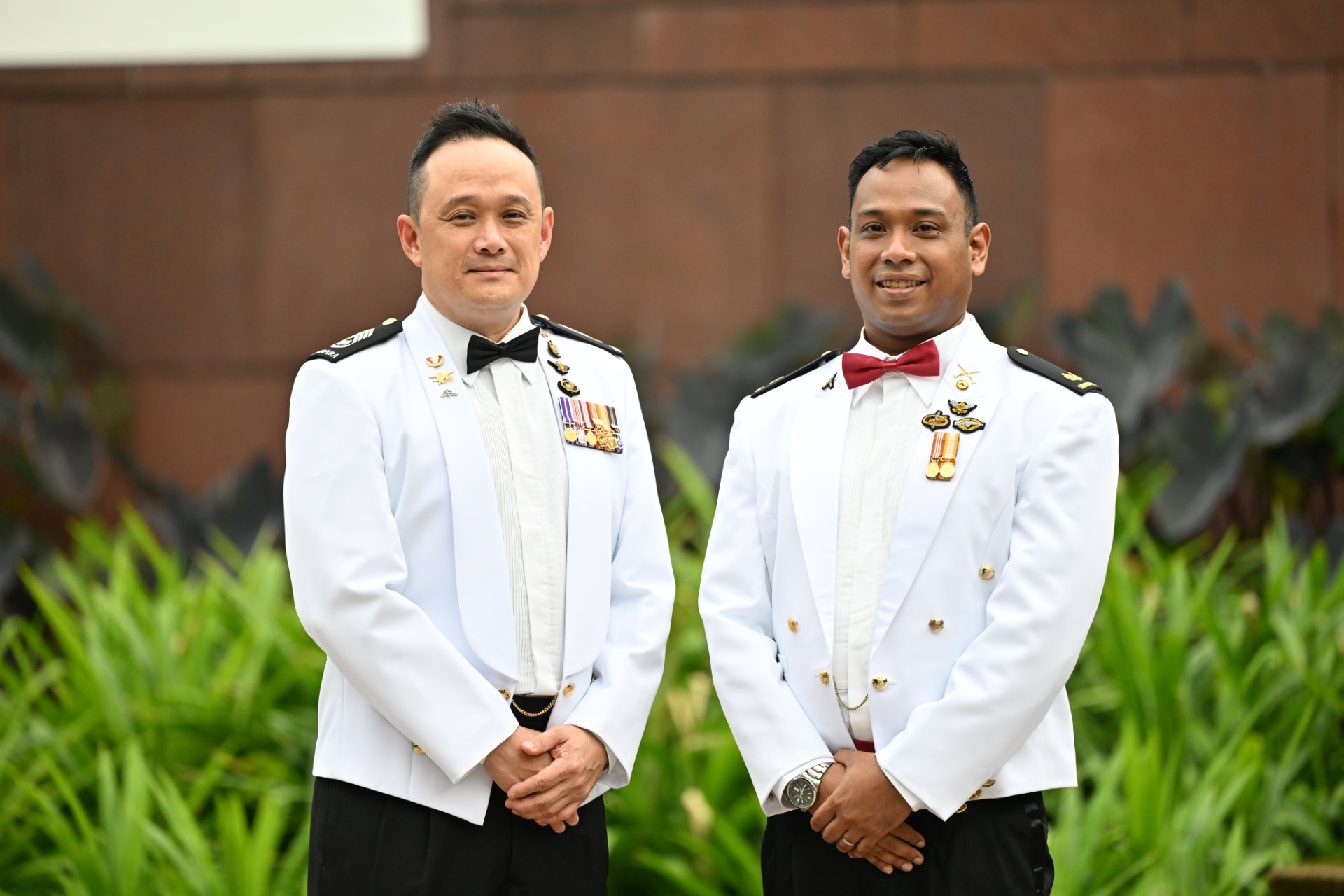
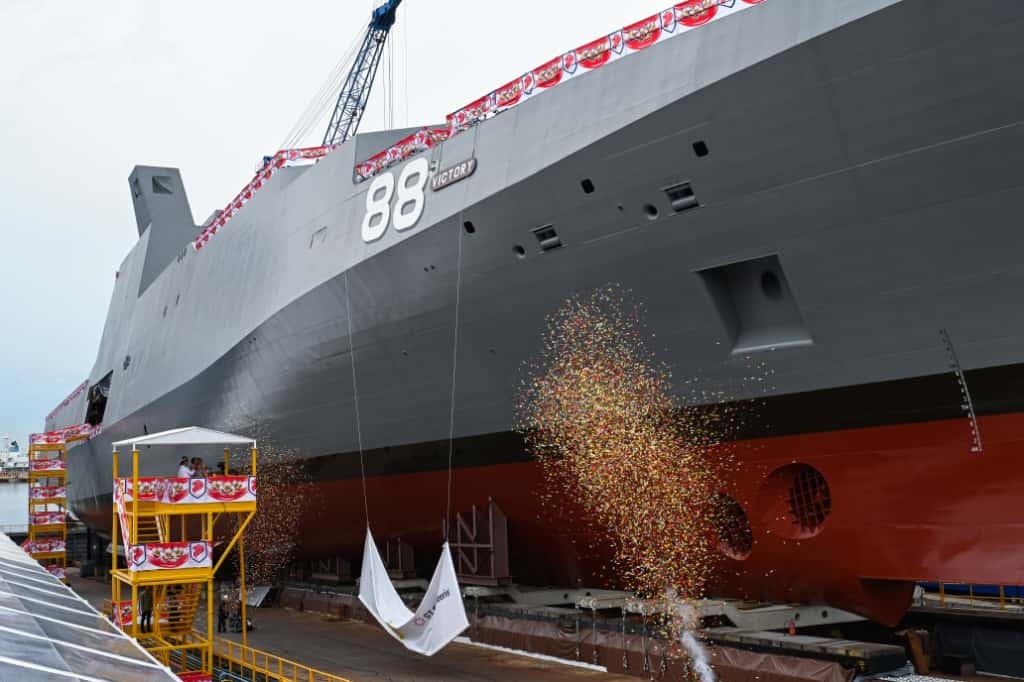
-dsc_2181.jpg?sfvrsn=cf8a503f_1)
